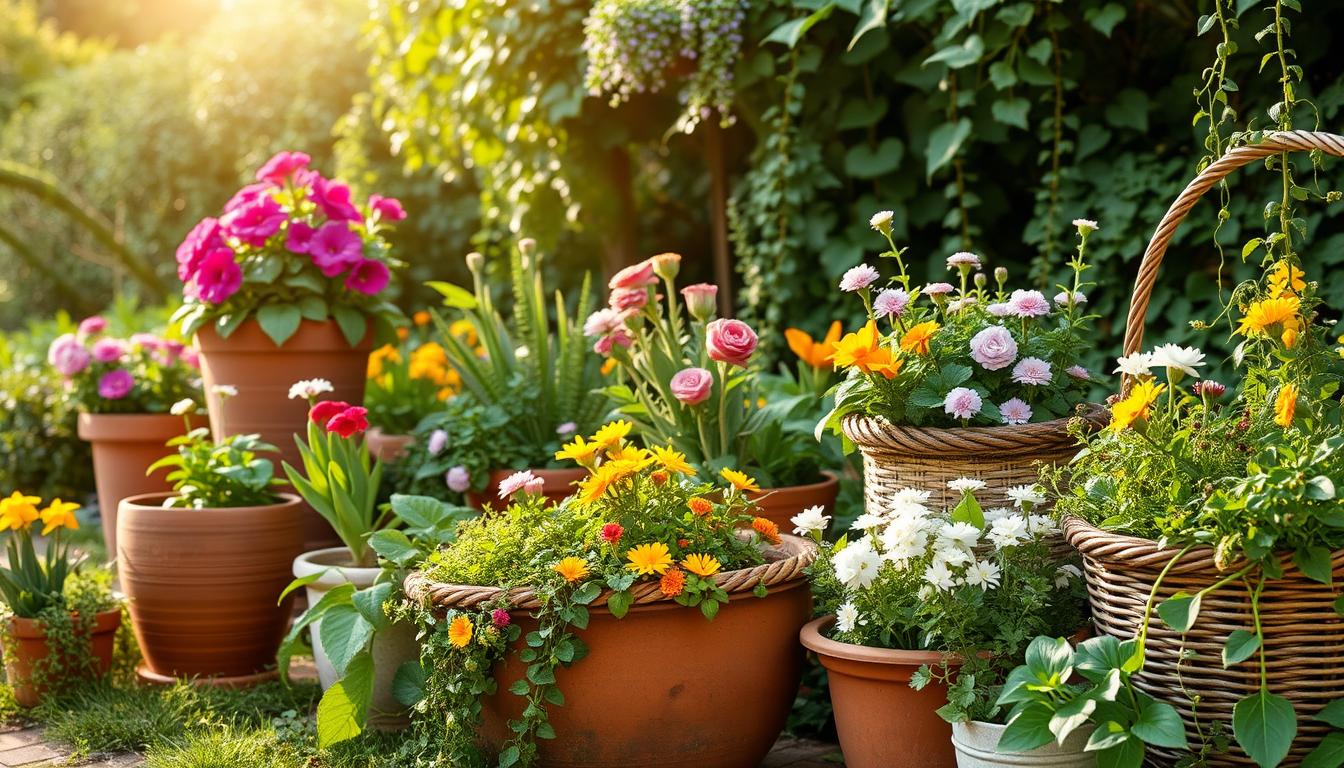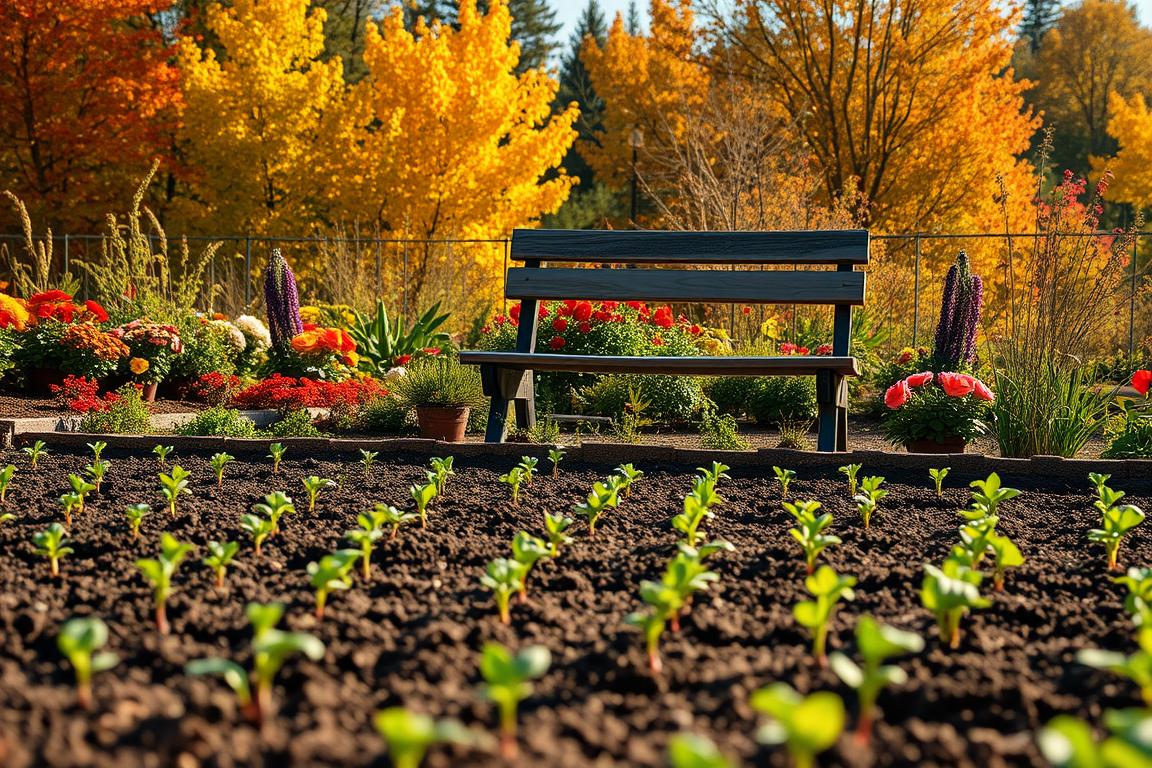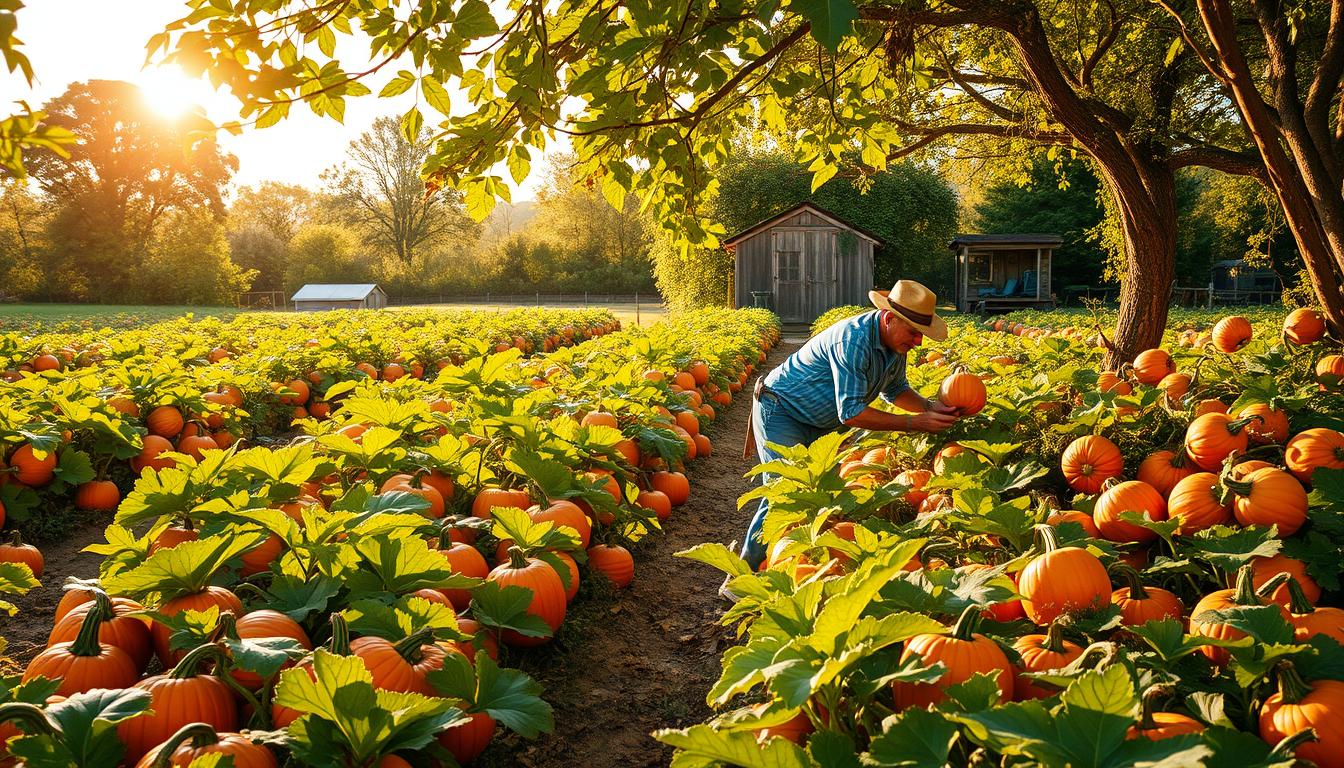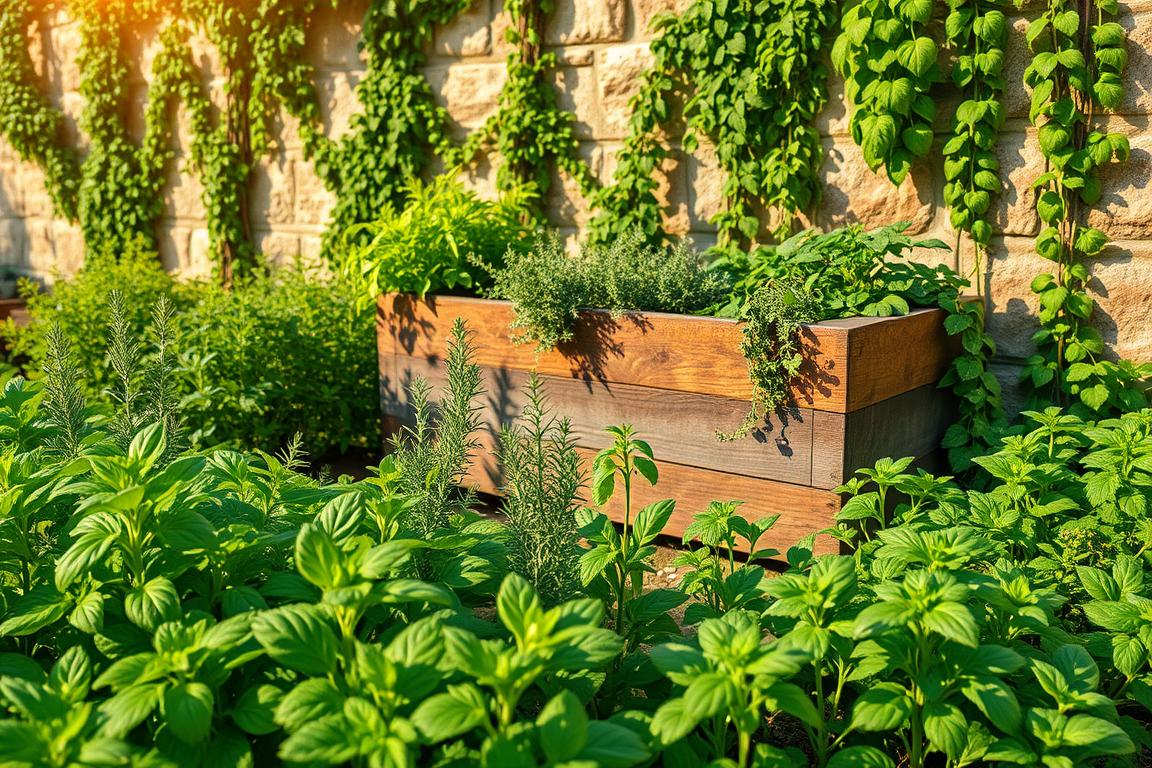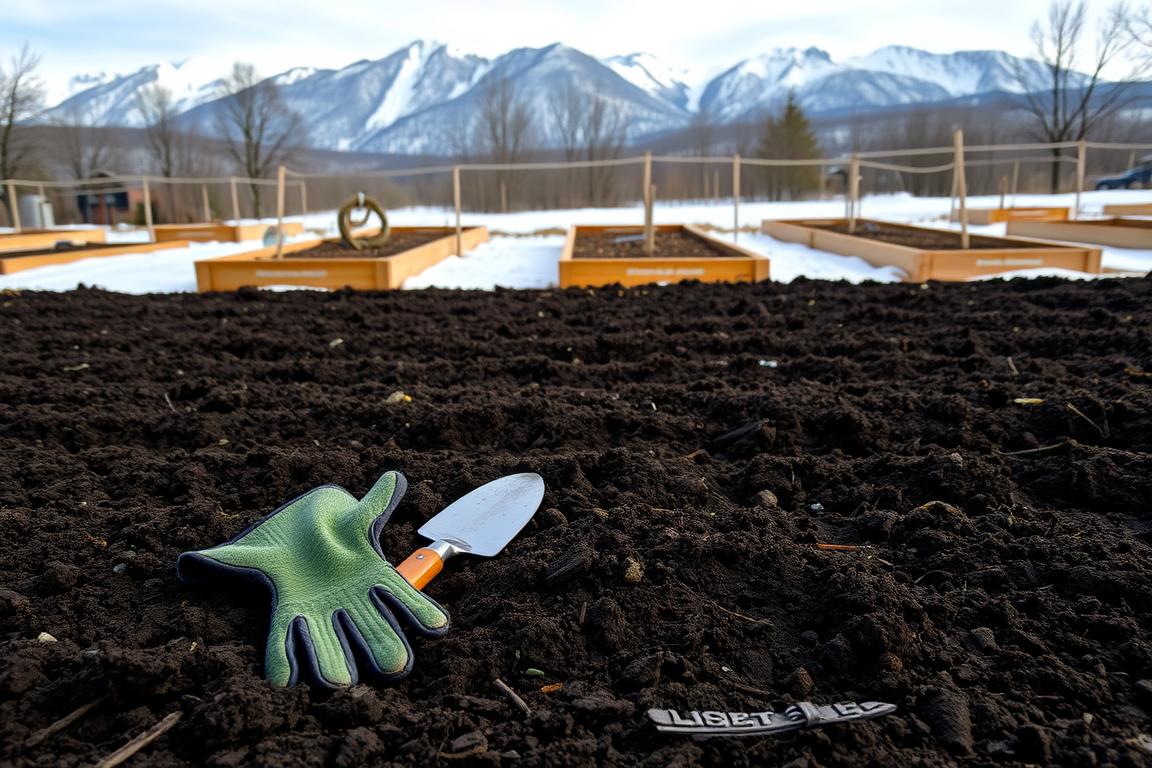Welcome to our comprehensive guide on selecting the perfect containers for your spring garden. As the weather warms up, many of us look for ways to refresh our outdoor spaces, and the right container can make all the difference. Whether you’re aiming for a vibrant display of spring bulbs or a lush arrangement of greenery, the choice of container plays a crucial role in achieving a visually appealing setup.
Seasonal changes often inspire fresh ideas for our gardens, and spring is no exception. Choosing the right container is essential for creating a garden that thrives through the transition from chilly mornings to warmer afternoons. Materials that can tolerate a slight chill while still offering aesthetic appeal are ideal for early spring. For instance, unique pussy willow cultivars can add a touch of elegance to your garden during this time.
In this section, we’ll explore the importance of materials, the benefits of diverse containers, and how to enhance your garden’s overall look. By considering these factors, you can create a beautiful and resilient spring garden that stands out.
Key Takeaways
- Choosing the right container is crucial for a visually appealing spring garden setup.
- Materials that tolerate early spring chill are ideal for seasonal changes.
- Diverse containers like pots and planters can enhance your garden’s overall look.
- Combining spring bulbs with evergreens and bedding plants adds structure and interest.
- Container gardens are an affordable way to refresh small outdoor spaces like porches and patios.
Introduction to Container Gardening in Spring
Container gardening is a fantastic way to bring life and color to your outdoor spaces, especially in spring. It’s perfect for those with limited space, offering flexibility and creativity. Whether you have a small patio, balcony, or even a window ledge, containers can transform any area into a vibrant garden.
Why We Love Container Gardens
We love how container gardens let us connect with nature, even in urban settings. Watching plants thrive under our care is incredibly rewarding. Plus, it’s a great way to share tips and ideas with others, building a sense of community. Creative arrangements can make your space truly unique.
Seasonal Benefits and Fresh Starts
Spring is the perfect time to refresh your garden. Container gardens allow quick updates, letting you welcome the season’s vibrancy easily. With a variety of plants to choose from, you can create a setup that’s both beautiful and resilient. Learning proper techniques can revitalize your outdoor areas, making them inviting and fresh.
| Container Type | Pros | Cons |
|---|---|---|
| Clay Pots | Natural look, breathable | Heavy, prone to cracking |
| Plastic Pots | Lightweight, affordable | Less durable, may fade |
| Wooden Planters | Stylish, insulating | Require maintenance |
Container gardening is a simple yet effective way to enhance your spring garden. By choosing the right containers and plants, you can create a beautiful and thriving outdoor space that reflects your personal style.
Selecting the Best Containers for Your Spring Garden: Pots, Planters, and More
When it comes to creating a thriving spring garden, the right containers can make all the difference. Whether you’re working with a small patio or a spacious backyard, choosing the perfect pots and planters is essential for both style and functionality.
Material and Style Considerations
The material of your container plays a significant role in its durability and aesthetic appeal. Clay pots offer a natural look and are breathable, which is great for plant roots. However, they can be heavy and prone to cracking. On the other hand, plastic pots are lightweight and affordable but may not be as durable. Wooden planters add a stylish touch and provide good insulation, though they require regular maintenance to prevent rot.
Size, Depth, and Functionality
The size and depth of your container should match the needs of your plants. Deeper pots are ideal for plants with extensive root systems, while shallower ones are better for plants that prefer good drainage. Consider the space where the container will be placed and ensure it’s functional for your needs. For example, a large planter might be perfect for a patio, while smaller pots are better suited for balconies or window ledges.
| Material | Pros | Cons |
|---|---|---|
| Clay | Natural look, breathable | Heavy, prone to cracking |
| Plastic | Lightweight, affordable | Less durable, may fade |
| Wood | Stylish, insulating | Requires maintenance |
Selecting the right container is just the first step. Pair it with a high-quality potting mix to ensure your plants thrive. By considering both material and size, you’ll set a strong foundation for a beautiful and resilient spring garden.
Understanding Your Garden’s Unique Needs
Every garden has its own personality, shaped by sunlight, shade, and the surrounding landscape. To create a thriving container garden, it’s essential to assess how weather patterns and light exposure impact your space.
Assessing Sunlight and Shade Areas
Start by observing how sunlight moves across your garden throughout the day. This will help you identify areas that receive full sun, partial shade, or full shade. Consider how your home’s positioning might influence these conditions. For example, a south-facing patio might get intense afternoon sun, while a north-facing balcony could stay shaded most of the day.
| Light Condition | Pros | Cons |
|---|---|---|
| Full Sun | Perfect for vibrant flowers and heat-tolerant plants | May require more frequent watering |
| Partial Shade | Ideal for delicate plants and foliage | Some plants may stretch toward sunlight |
| Full Shade | Great for shade-loving greenery | Limited plant variety compared to sunnier spots |
By matching your containers to these light conditions, you can create a balanced and visually appealing setup. Remember, smart planning ensures both aesthetic appeal and healthy plant growth.
“A garden’s microclimate is its secret sauce. Understanding it helps you make smarter choices for your plants.”
Creating a Colorful and Balanced Landscape
Designing a vibrant and harmonious outdoor space involves more than just planting flowers. It’s about crafting a visual experience that delights the senses and invites relaxation. By thoughtfully mixing colors and textures, you can transform your garden into a stunning oasis that reflects your personal style.
Mixing Color and Texture
A successful container garden often starts with a mix of colors and textures. Consider combining merlot pansies, pink violas, and lavender pansies for a vibrant display. These flowers create a harmonious color palette that draws the eye. Don’t forget to add texture—plants with varying foliage, like coleus or calibrachoa, can add depth and interest to your arrangements.
- Mixing a range of colors revitalizes container designs.
- Texture adds depth and interest to arrangements.
- Bold contrasts create striking visual focal points.
Using Bold Contrasts for Visual Impact
Bold contrasts can elevate your garden’s look. Try pairing bright blooms with neutral backgrounds or deeper colors for a dramatic effect. For example, vibrant orange against soft pastels creates a striking focal point. Balancing soft hues with vivid colors ensures a harmonious look, while blending seasonal blooms like pansies and violas achieves a lively atmosphere.
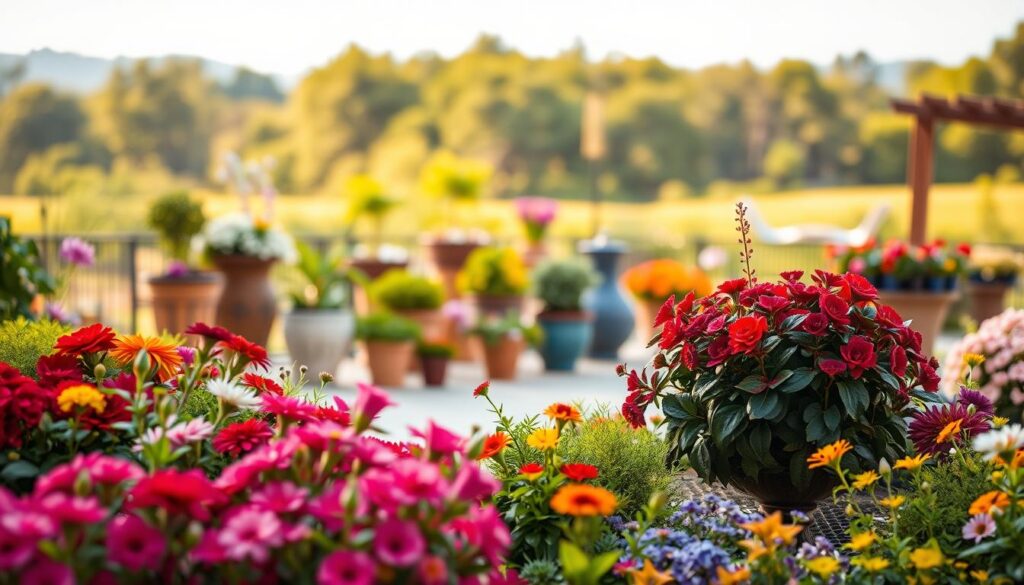
Choosing Plants that Thrive in Spring Conditions
As spring arrives, selecting the right plants for your garden is key to creating a vibrant and resilient space. The cooler temperatures of early spring offer a unique opportunity to showcase plants that excel in these conditions, setting the stage for a beautiful transition into warmer weather.
Cold-Tolerant Starters and Early Bloomers
Cold-tolerant varieties like pansies and violas are perfect for early spring. These flowering plants can withstand the chill and bloom early, adding color to your garden when other plants are still dormant. Unique cultivars such as Spring Velvet also offer elegant options for early spring gardens.
- Pansies and violas are excellent cold-tolerant choices.
- Spring Velvet cultivars provide a sophisticated look.
- These plants thrive in cooler spring conditions.
Transitioning from Winter to Warm Weather
As the weather warms, it’s important to transition smoothly. Incorporating both annuals and perennials ensures a dynamic display. Annuals like violas provide quick bursts of color, while perennials offer long-term beauty. This mix creates a balanced and visually appealing garden throughout the season.
By choosing plants that thrive in spring conditions, you can enjoy a garden that’s full of life and color from the earliest days of spring through the warmer months.
Tips for Arranging Containers on Your Porch or Patio
Arranging containers on your porch or patio can elevate your outdoor space, creating a welcoming atmosphere that reflects your personal style. Whether you have a small balcony or a spacious patio, the right arrangement can make all the difference.
Design Layout Ideas for Every Space
When designing your container layout, consider the size and shape of your porch or patio. Start by identifying a focal point, such as a statement piece or a vibrant flower arrangement, to draw the eye. This helps create visual balance and makes the space feel more organized.
Mixing different styles and sizes of containers can add visual interest. For example, pair tall, slender pots with shorter, wider ones to create a dynamic display. Don’t be afraid to experiment with color and texture to find a combination that reflects your personal style.
| Layout Style | Pros | Cons |
|---|---|---|
| Symmetrical | Creates a sense of order and harmony | Can feel too formal for casual spaces |
| Asymmetrical | Offers a more relaxed, natural look | Can be challenging to balance |
| Layered | Adds depth and visual appeal | May require more planning and maintenance |
Remember, the key to a great container arrangement is to have fun and be creative. Take the time to experiment with different layouts until you find one that feels just right for your space.
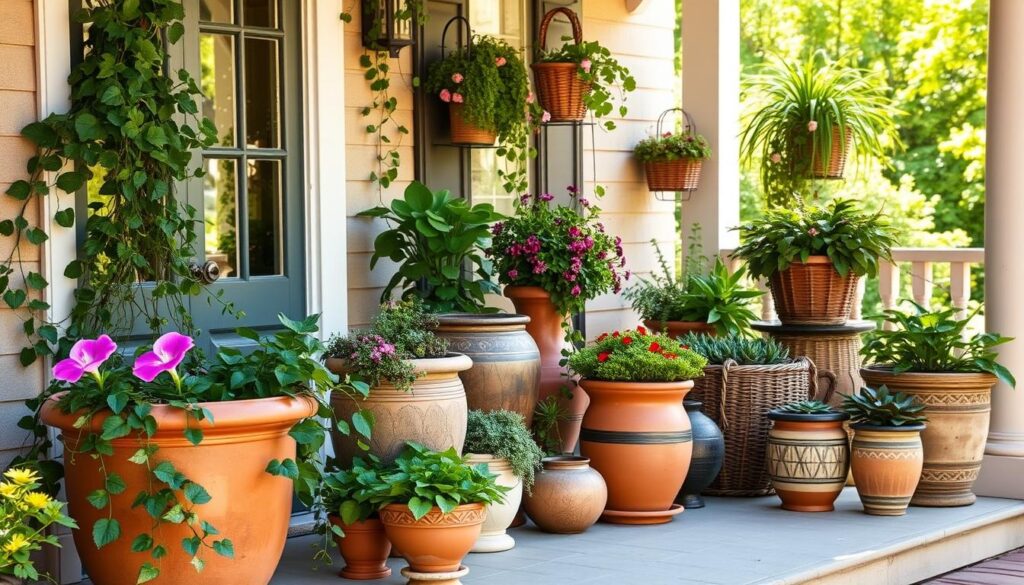
How to Incorporate Specialty Plant Varieties
Specialty plant varieties can add a unique twist to your container gardens, making them stand out while sparking creativity. Whether it’s a surprise gift of new cultivars or combining diverse species, these plants offer exciting possibilities for any gardener.
Unique Cultivars and Unexpected Gifts
Imagine the joy of discovering unexpected cultivars like new pussy willow varieties that bring elegance to your early spring garden. These unique plants can inspire fresh ideas and add a personal touch to your arrangements. For example, the Spring Velvet cultivar offers a sophisticated look that enhances any container setup.
Blending Annuals with Perennials
Mixing annuals and perennials ensures year-round interest in your garden. Annuals like violas provide quick bursts of color, while perennials offer long-term beauty. This balanced approach keeps your containers dynamic and visually appealing throughout the seasons.
Proper watering is essential for these special plants. Use a high-quality potting mix and consider adding Hydrogel water-holding crystals for better moisture retention. This helps maintain healthy growth, especially during warmer months when watering needs increase.
Experimenting with new varieties can redefine your garden’s character. Don’t hesitate to try different plants and arrangements to find what works best for you. This creativity is key to making your container garden truly unique.
Best Practices for Container Planting and Soil Selection
Creating a thriving container garden starts with the right foundation—quality soil and proper planting techniques. These elements are crucial for healthy plant growth and long-term success.
Choosing the Ideal Potting Mix
Selecting the right potting mix can significantly enhance your plants’ health and growth. Look for a well-draining mix that retains enough moisture but prevents waterlogging. Adding ingredients like hydrogel crystals can improve moisture retention, especially during warmer months.
- Select a high-quality potting mix designed for containers.
- Ensure the mix has good drainage and retains moisture.
- Consider adding hydrogel crystals for better water retention.
Proper soil preparation is essential. Fill your container with the potting mix, leaving enough space for root expansion. Avoid using garden soil, as it can compact and prevent proper drainage.
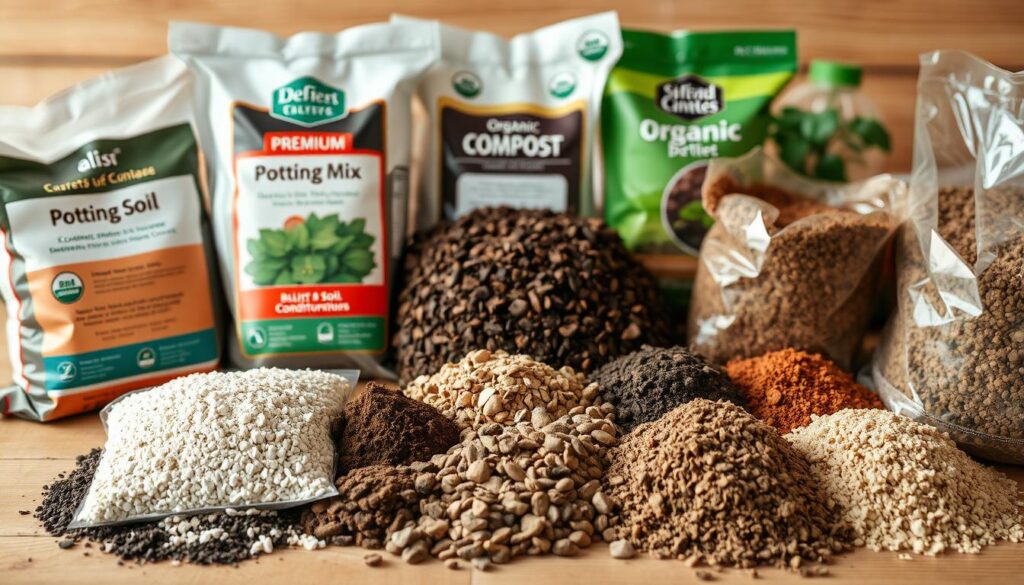
When planting, gently remove the plant from its pot, taking care not to damage the roots. Place it in the container, ensuring the root ball is level with the soil surface. This allows roots to expand freely, promoting healthy growth.
Maintaining the right moisture levels is key. Water thoroughly after planting and keep the soil consistently moist but not waterlogged. This balance ensures roots receive enough oxygen and nutrients.
Building a solid foundation for your container garden involves these simple yet effective steps. By focusing on soil quality and proper planting techniques, you’ll set your plants up for success and enjoy a vibrant, thriving garden all season long.
Sun vs. Shade: Tailoring Plants to Your Space
Understanding the balance between sun and shade is crucial for a thriving container garden. Each plant has specific light requirements, and matching them to your garden’s conditions ensures optimal growth and beauty.
Using Sun-Loving Plants
Sun-loving plants like lobelia and petunias thrive in areas receiving at least six hours of direct sunlight. These vibrant flowers add color and energy to sunny spots, making them perfect for brightening up patios or decks.
Utilizing Shade-Tolerant Varieties
For shadier areas, ferns and impatiens are excellent choices. These plants prefer partial to full shade and bring lush greenery to otherwise challenging spaces. They require little to no direct sunlight, making them ideal for north-facing balconies or under trees.
| Plant Type | Sun Requirements | Benefits |
|---|---|---|
| Lobelia | Full Sun | Vibrant, attracts pollinators |
| Ferns | Partial/Full Shade | Lush foliage, low maintenance |
Temperature fluctuations can affect plant health, especially in shaded areas where it may stay cooler. Assess your garden’s sunlight patterns to determine the best spots for each plant type. By balancing sun and shade, you create a harmonious and thriving garden.
“A well-balanced garden considers both sun and shade, creating a sanctuary that flourishes in every condition.”
Maintenance and Watering Strategies for Container Gardens
Keeping your container garden healthy and vibrant requires consistent care. Regular watering and proper fertilization are essential to ensure your plants thrive throughout the season.
Effective Watering Techniques
Watering is one of the most critical aspects of container gardening. Check the soil moisture daily, especially in smaller containers that tend to dry out faster. Water thoroughly until you see moisture draining from the bottom of the pot. This ensures deep root hydration, which is vital for healthy growth.
Consider using tools like the RapidTest® Digital Moisture Meter to accurately assess soil moisture levels. This helps avoid overwatering, which can be detrimental to plant health. Remember, terra-cotta pots dry out faster than glazed or plastic ones, so adjust your watering schedule accordingly.
Feeding and Fertilizing Your Plants
Container plants are heavy feeders and benefit from regular fertilization. Use a water-soluble fertilizer at half the recommended strength every two to three weeks. For sustained nutrition, mix slow-release fertilizer pellets into the potting soil at the start of the season.
Proper feeding encourages continuous blooming and robust growth. This balanced approach ensures your plants remain healthy and productive, even as the season progresses.
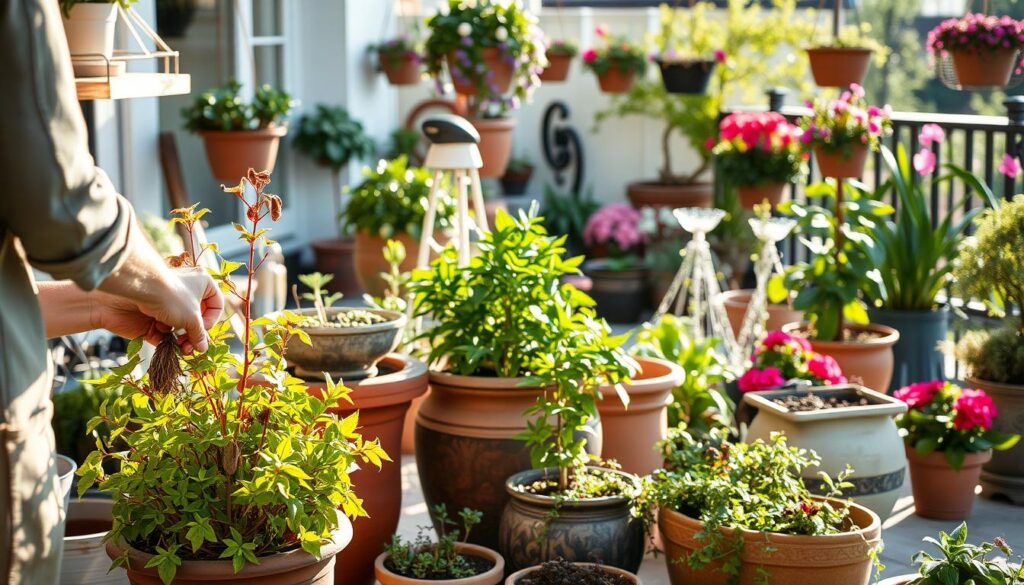
By following these maintenance and watering strategies, you’ll be able to enjoy a thriving and colorful container garden all season long.
Seasonal Tips from Our Gardening Experiences
Throughout the year, we’ve learned valuable lessons about creating thriving container gardens. Our experiences, especially during the transition from winter to spring, have taught us how to adapt and care for our plants effectively. Here are some insights to help you make the most of your seasonal gardening efforts.
Early Planting Insights and Adjustments
We’ve found that early spring planting requires careful planning. Start by assessing your garden’s microclimate—how sunlight, shade, and wind patterns affect different areas. This helps in selecting plants suited to each spot. For instance, cold-tolerant varieties like pansies and violas can be planted early, while more delicate plants should wait until the weather warms up.
Handling Temperature Fluctuations
Spring weather can be unpredictable, with warm days followed by chilly nights. To protect your plants, use breathable covers or bring sensitive containers indoors during cold snaps. This simple step can prevent damage and ensure healthy growth throughout the season.
Long-Term Growth Enhancements
For sustained beauty, incorporate a mix of annuals and perennials. Annuals like violas provide quick color, while perennials offer long-term interest. Regular fertilization and proper watering are also crucial. Use a balanced fertilizer at half strength every few weeks to keep your plants thriving.
| Season | Key Actions | Benefits |
|---|---|---|
| Fall | Plant bulbs for spring bloom | Ensures early color |
| Winter | Protect sensitive plants | Maintains plant health |
| Spring | Start with cold-tolerant plants | Early vibrant displays |
A garden’s success often lies in its timing. By aligning your efforts with the seasons, you create a space that flourishes year-round.”
By applying these seasonal tips, you can enjoy a container garden that remains beautiful and resilient throughout the year. Remember, every adjustment and care routine contributes to the long-term health and vibrancy of your plants.
Conclusion
As we conclude, we reflect on the wealth of expert advice and creative ideas gathered, showing how container gardening is both accessible and rewarding. By summarizing key points on selecting the right containers and plants, and integrating expert tips with personal experiences, we highlight the vital role each aspect plays in garden success.
Every detail, from soil selection to plant variety, contributes to a thriving space. We encourage experimenting with different containers, colors, and techniques to create a personalized outdoor oasis. Share your success stories and explore innovative ways to enjoy container gardening year-round—making every season a canvas for creativity and growth.
FAQ
What materials are best for spring garden containers?
Materials like ceramic, wood, and durable plastics are great for spring gardens. They offer good drainage and can withstand varying temperatures.
How do I ensure proper drainage in my containers?
Add holes in the bottom of your containers and use a well-draining potting mix to prevent waterlogged soil.
Can I use shade-loving plants in spring containers?
Absolutely! Shade-tolerant varieties like pansies and ferns can thrive in spring containers placed in shaded areas.
How often should I water my container garden?
Water when the top inch of soil feels dry. Avoid overwatering, as it can harm roots and lead to poor growth.
What’s the ideal soil for container gardens?
Use a high-quality potting mix designed for containers. It retains moisture but drains excess water effectively.
Can I reuse containers from last year?
Yes, but clean them thoroughly with soap and water before replanting to remove any leftover debris or pests.
How do I protect my containers from freezing temperatures?
Move containers to a sheltered area or cover them during harsh winter months to prevent cracking and damage.
What plants work well for both spring and summer?
Annuals like geraniums and petunias are perfect for transitioning from spring to summer, as they bloom throughout the seasons.
Can I grow vegetables in spring containers?
Yes! Herbs and small vegetables like tomatoes and peppers thrive in containers with proper sunlight and care.
How do I keep my containers looking fresh all season?
Regularly fertilize, prune, and replace any plants that stop blooming to maintain a vibrant and healthy appearance.


